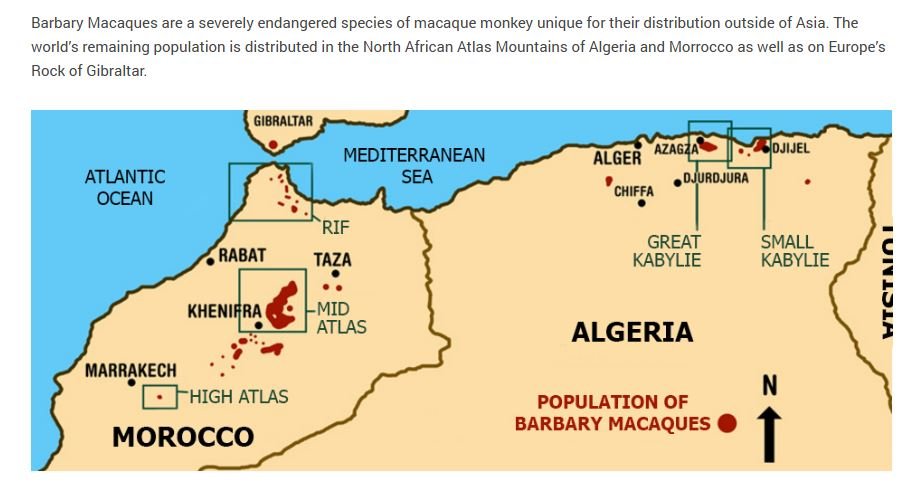a A 30 y.o. lab tech comes in with a monkey bite.
A 30 y.o. lab assistant comes in with a monkey bite from a macaque monkey.
The wound is 2 cm on the L thenar eminence and 3 cm on the posterior thumb. It has been irrigated with betadiene. The xrays are negative. What needs to be done?
The potential problems to be considered are rabies, tetanus, bacterial infections and herpes B infections which can cause a fatal encephalitis.
Macaques are the most commonly used laboratory non-human primates used and herpes B virus occurs naturally in these monkeys. The rhesus monkey is most common. They are hardy in captivity and breed efficiently. Macaques are one of the most important translational models for human health.
Rhesus macaques manage their social systems with more severe aggression than other macaques and must be kept in social situations for their health. The aggression in the social interactions can be a problem and canine teeth were once removed for that reason. The USDA, however, changed its policy in 2012 and this can no longer be done.
Symptomatic herpes B virus infection in humans is rare. Seroconversion in some persons suggests that asymptomatic infection can occur. Nearly all documented B virus infections in humans in the US involved exposures in laboratories or animal facilities, however, monkey bites occur routinely in Asia.
tourist from Oregon sustaining a monkey bite in Thailand
Macaques in public parks in Asia often carry B . The risk for human B virus disease from macaque exposure in these settings is considered low, but precautions are indicated given the severe consequences of infection. There is no vaccine against B virus and antivirals are recommended since the mortality of herpes encephalitis infection is 80%.
THE PROBLEM IS
Following an initial exposure to herpes B virus, the peripheral viral load can be negligible. The virus can lie dormant in sensory nerve ganglia and reactivate at a later date. A case of herpes B encephalitis is documented 54 years after the primary infection from a pet monkey bite. It is recommended that the patient carry a medic alert card in case symptoms occur.
temporal lobe inflammation on MRI with viral encephalitis
Our patient followed the CDC guidelines: “ the wound should be scrubbed with soap, detergent, or iodine for 15 minutes and irrigated with running water for an additional 15–20 minutes before seeking medical attention.” Plastics was called in the ED and the wound was explored revealing a foreign body thought to be a tooth fragment. The wounds were closed and he was discharged on Valcyclovir and augmentin. There were no sequellae to date.
FUN TRIVIA
A monkey with no tail
Curious George is referred to as a monkey but has no tail. He is supposedly from Africa which means he must be a Barbary macaque. There are only a few populations of macaques outside of Asia and Gibraltar and northern Africa sustain several populations.
While it has been known for some time that a monkey bite can transmit Ebola hemorrhagic fever, the newest Ebola-like illness in the Congo was traced to three children that ate a bat and died within 48 hours. .It is another example of a neurotrophic virus transmitted to humans from animals.
Cohen JI, Davenport DS, Stewart JA, Deitchman S, Hilliard JK, Chapman LE; B Virus Working Group. Recommendations for prevention of and therapy for exposure to B virus (Cercopithecine herpesvirus 1). Clin Infect Dis 2002;35:1191–203.
Wu A, Rekant S, Baca E, et al. Notes from the Field: monkey bite in a public park and possible exposure to Herpes B virus-Thailand, 2018.MMWR March 6, 2020 69(9):247-248.
Anderson JR, Chamove AS. Self-aggression and social aggression in laboratory-reared macaques. Journal of Abnormal Psychology. 1980;89:539–550. doi: 10.1037//0021-843x.89.4.539.
Ponzetto E, Delhez Q, Hoppenbrouwers M, et al. Case Report: Late reactivation of Herpes B virus after a monkey bite: a case of severe meningoencephalitis. Am J Trop Med Hyg. 2023 Oct 16;109(6): 1277-1281.




